When you hold a carbide cutting insert or a high-precision mold pin in your hand, it’s hard to imagine that it once started as loose gray powder. The transformation from fine tungsten carbide particles to a dense, mirror-finish tool is achieved through one crucial process — carbide sintering.
In this article, we’ll break down what carbide sintering really is, why it matters, and what parameters define a high-quality result.
1. What Is Carbide Sintering?
Carbide sintering is the process of consolidating fine carbide powders (typically WC with Co, Ni, or other binders) into a dense, solid component under high temperature and pressure.
After powder mixing, compacting, and pre-forming, the “green body” is placed in a sintering furnace, where temperatures typically reach 1350–1500 °C in a vacuum or inert atmosphere. During sintering:
-
The binder phase (e.g., cobalt) melts slightly and wets the carbide grains.
-
Adjacent particles fuse together through diffusion.
-
The component densifies, shrinking by around 15–22 %, depending on powder composition and pressing pressure.
The result is a part that’s nearly as strong and wear-resistant as wrought metal, yet with much higher hardness and compressive strength.

2. Why the Process Parameters Matter
Unlike basic metal casting or heat treatment, carbide sintering has an extremely narrow processing window.
A small deviation of 10 °C in furnace temperature or 1 % difference in binder content can lead to:
-
Porosity and poor density
-
Brittle grain boundaries
-
Unstable mechanical strength
A well-controlled sintering process ensures:
-
Density ≥ 99.5 % of theoretical
-
Hardness above 1,600 HV30
-
Flexural strength ≥ 2,500 MPa
At XY-GLOBAL, for example, our carbide and ceramic sintering systems use vacuum + HIP (Hot Isostatic Pressing) sintering technology. The HIP step applies 100–150 MPa of isostatic gas pressure, removing residual pores and improving toughness — a key advantage for parts used in molds, cutters, and medical tooling.

3. Real-World Example: Carbide Punch Pins and Molds
Imagine a precision punch pin used in a smartphone stamping mold.
It must endure millions of cycles without deformation, and dimensional wear must stay below 1 µm after thousands of strokes.
That reliability starts at the sintering stage:
-
Powder composition: WC + 8 % Co, average grain size 0.6 µm
-
Sintering cycle: 1450 °C for 90 min under vacuum, followed by HIP
-
Final properties:
-
Hardness: 1,750 HV
-
Density: 14.9 g/cm³
-
Ra after polishing: ≤ 0.05 µm
-
This level of control explains why carbide is used not just in cutting tools but also in injection nozzles, wire-drawing dies, and dental drills — all products where one grain of carbide makes a difference.
4. Common Sintering Defects (and How We Avoid Them)
| Defect | Cause | Prevention |
|---|---|---|
| Porosity / Blowholes | Poor vacuum or binder evaporation | Use high-purity hydrogen atmosphere & controlled degassing |
| Grain Growth | Overheating or excessive dwell time | Precise PID furnace control within ±3 °C |
| Deformation / Warping | Uneven heating or poor pressing uniformity | Use graphite mold supports and balanced powder filling |
| Binder Pooling | Improper Co/Ni content | Uniform mixing & ball-milling before compaction |
Our engineering team monitors every batch with weight-loss tracking and in-situ shrinkage analysis, ensuring that each sintered block meets design tolerance before machining.
5. Finishing and Quality Control
Once sintering is complete, the carbide block is typically ground or EDM-cut to its final shape.
Because tungsten carbide is so hard (≈ 90 HRA), conventional machining is limited — diamond grinding wheels are required.
Surface finishing is often performed to achieve Ra ≤ 0.1 µm, especially for molds or medical components.
Dimensional tolerance after finish grinding can reach ±1 µm, rivaling precision CNC machining in aerospace alloys.
Each lot is inspected with:
-
Density measurement (Archimedes method)
-
Microstructure examination (grain uniformity, binder distribution)
-
Hardness and flexural strength tests

6. Future Trends in Carbide Sintering
Modern carbide sintering is moving toward finer grain control (< 0.3 µm), binder-free sintering, and hybrid sintering (combining MIM + HIP).
This evolution allows parts to achieve both extreme hardness and fracture toughness, supporting next-generation industries like:
-
EV drivetrain tooling
-
Medical implant machining
-
Semiconductor fixture manufacturing
Conclusion
Carbide sintering may sound like a background process, but it’s where precision, durability, and reliability are born.
When done right, a block of gray powder transforms into a component that can cut steel, shape titanium, or mold glass with micron-level accuracy.
At XY-GLOBAL, we understand that sintering isn’t just heating metal — it’s controlling every atom’s movement toward perfection.
If you’re developing precision molds, micro gears, or wear-resistant tools, talk to our engineers about how vacuum + HIP carbide sintering can push your performance further.
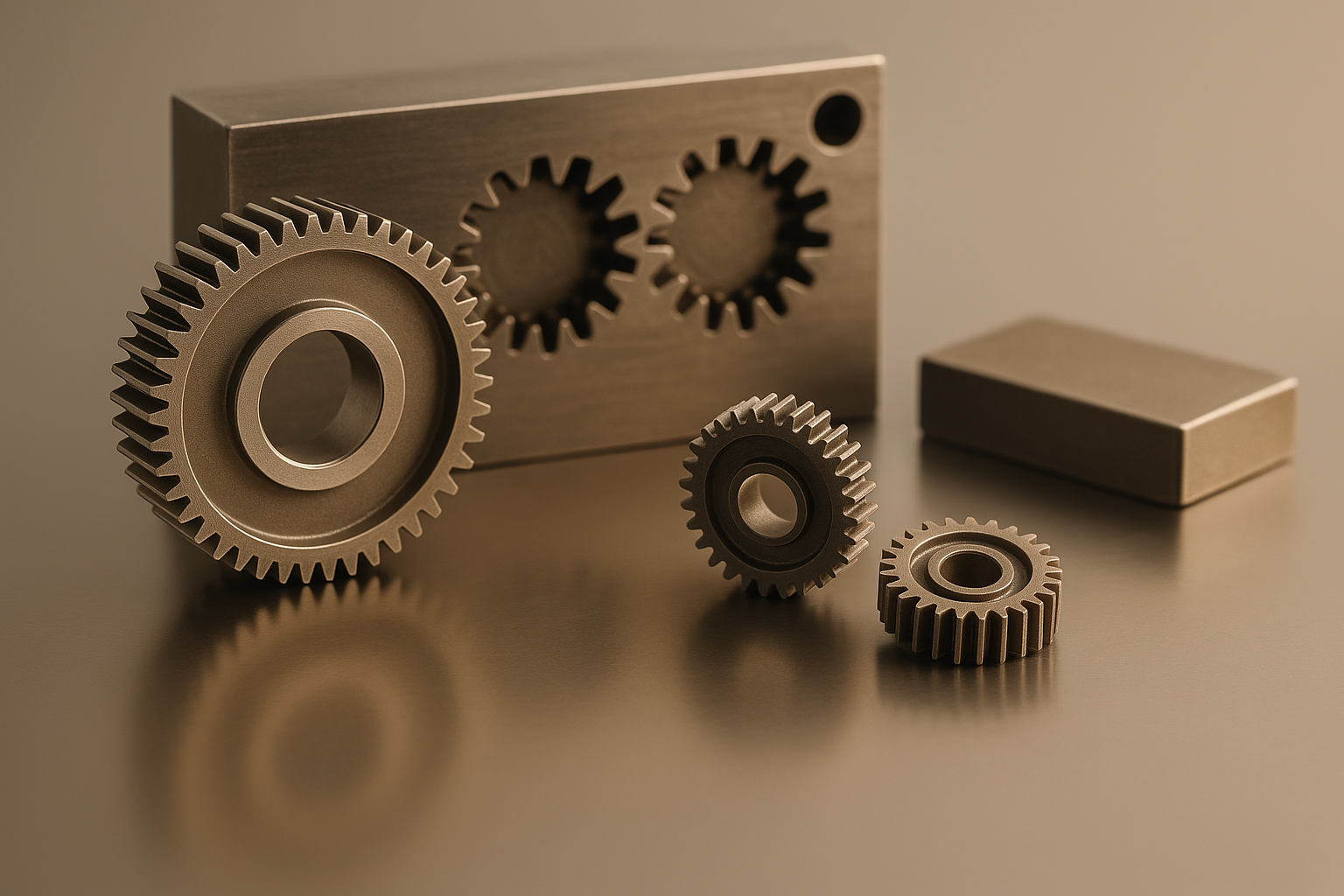

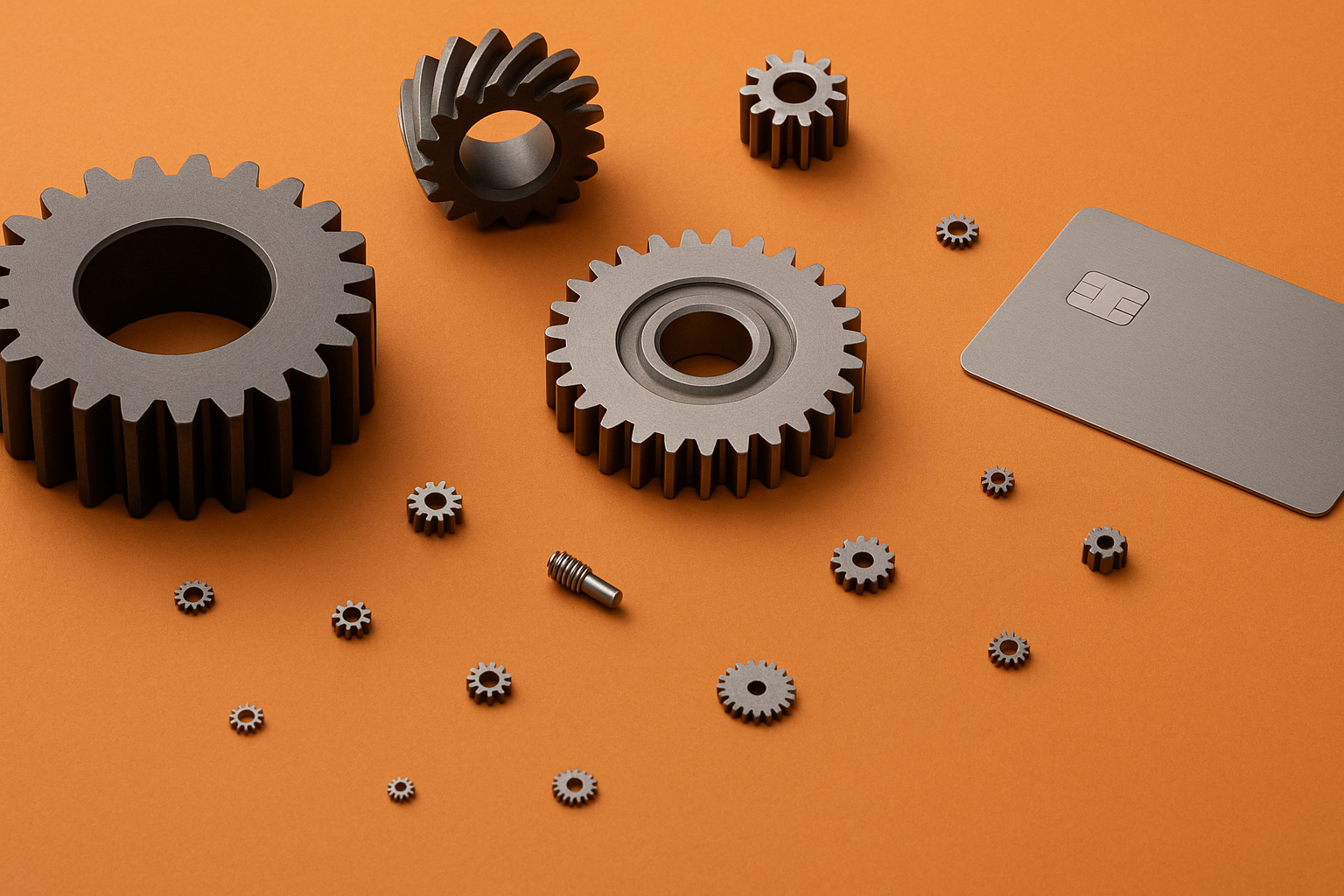
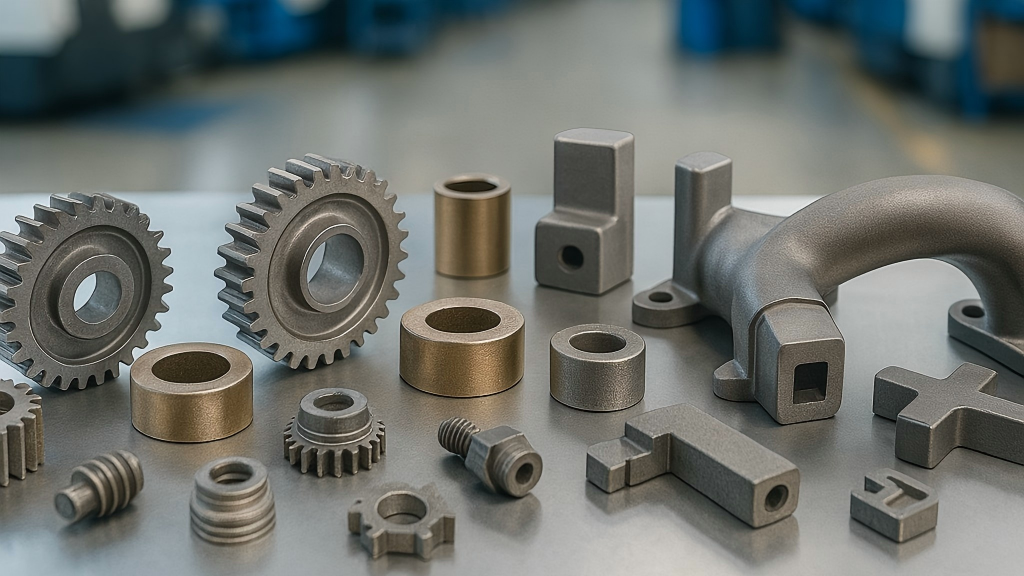
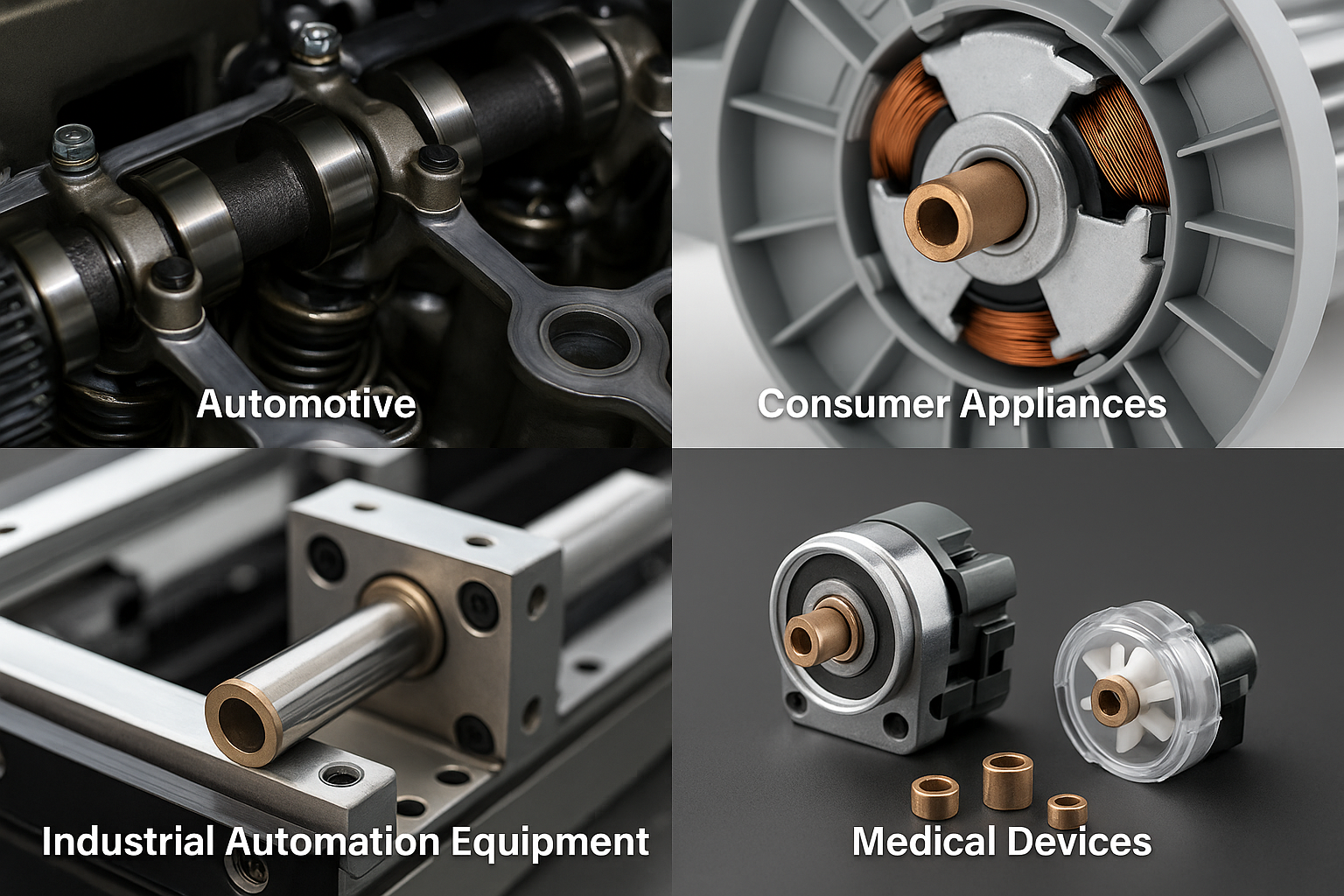
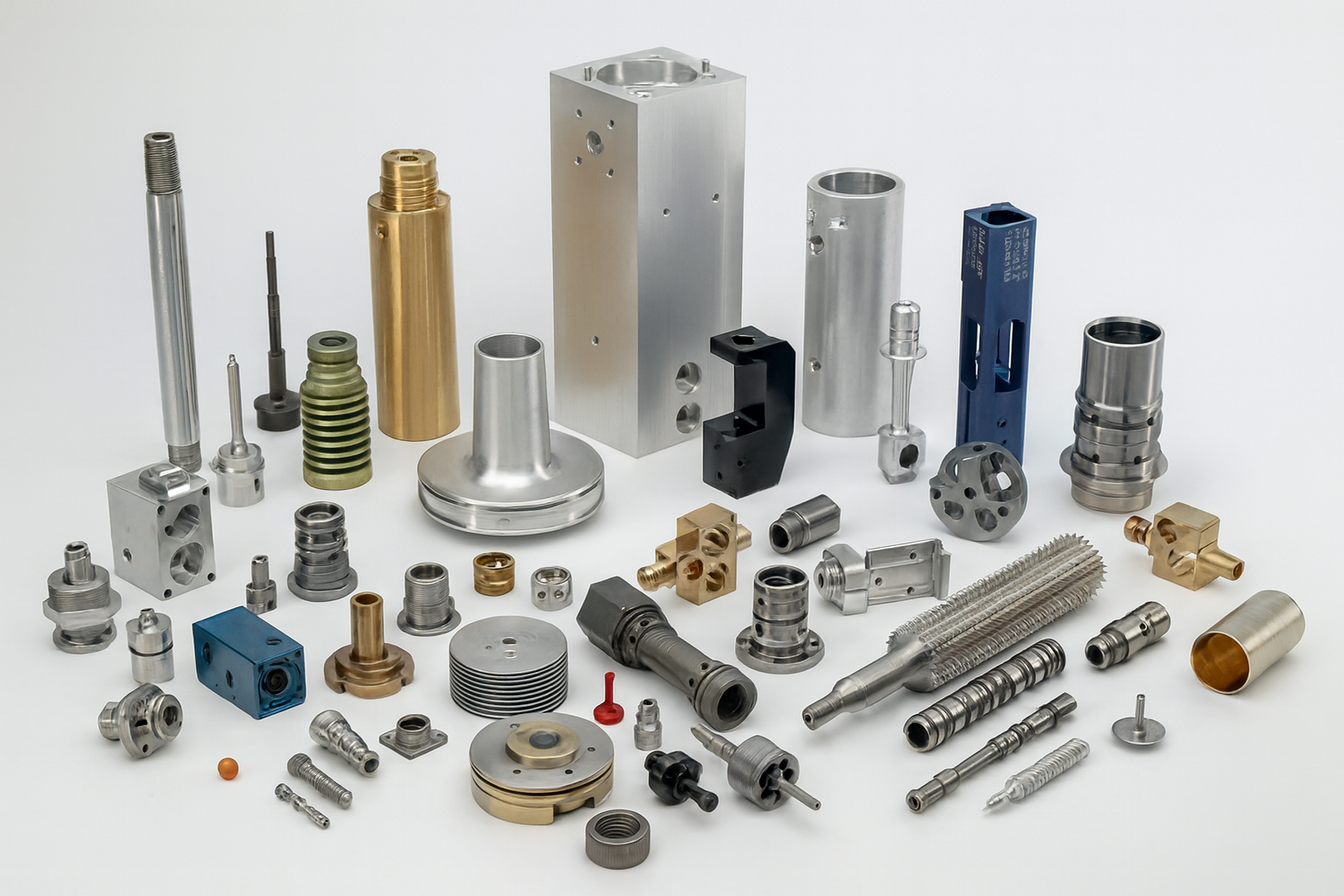


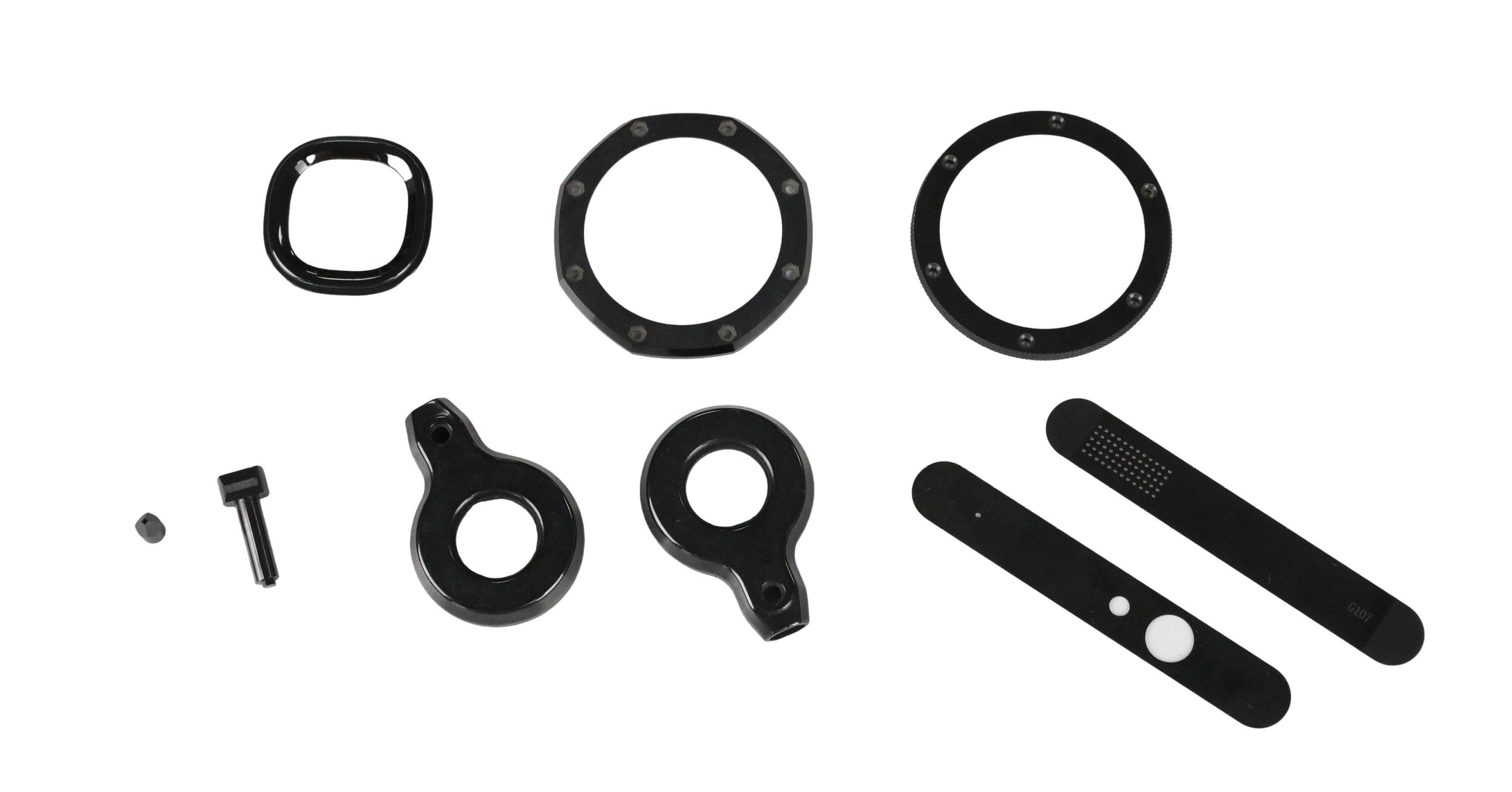
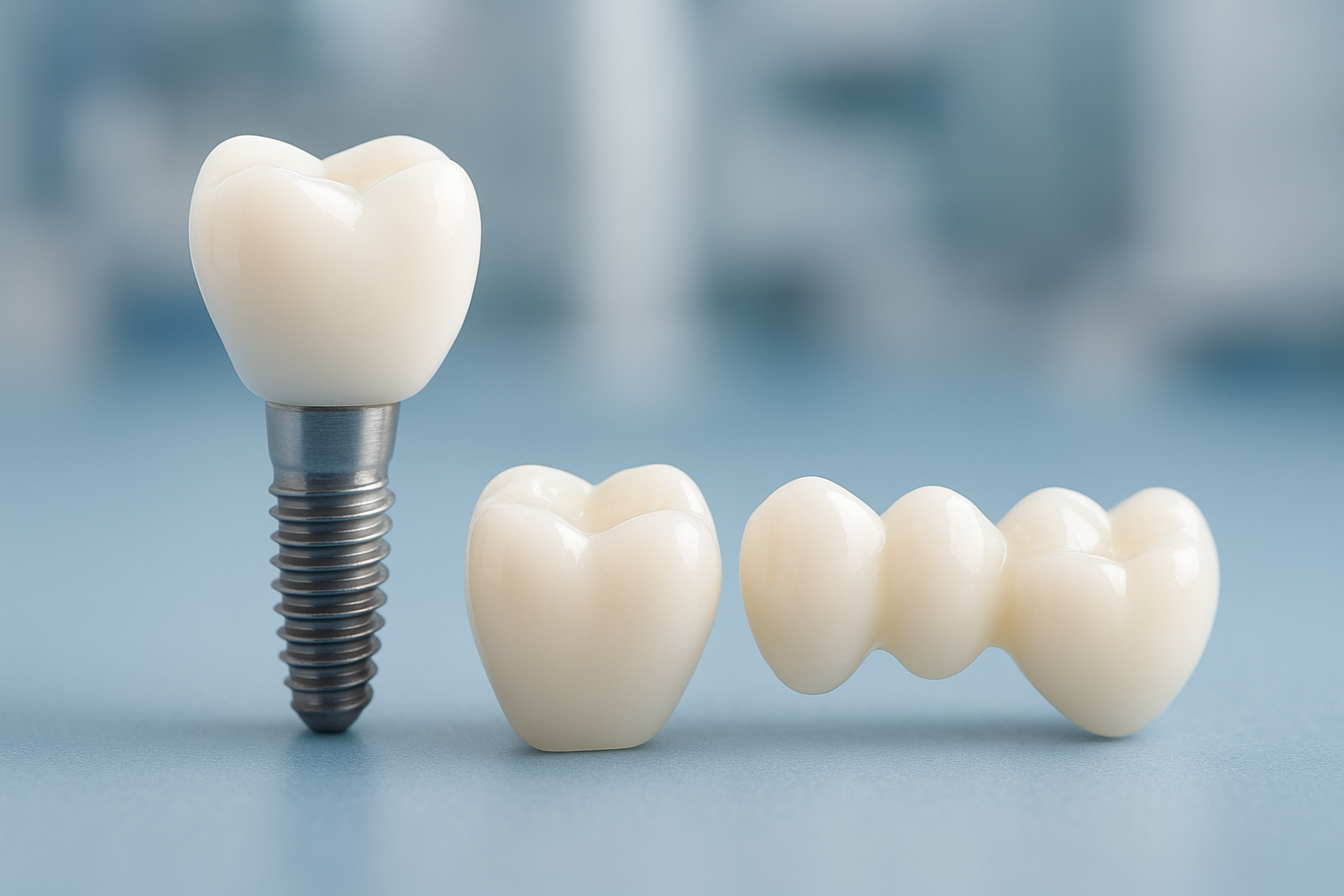
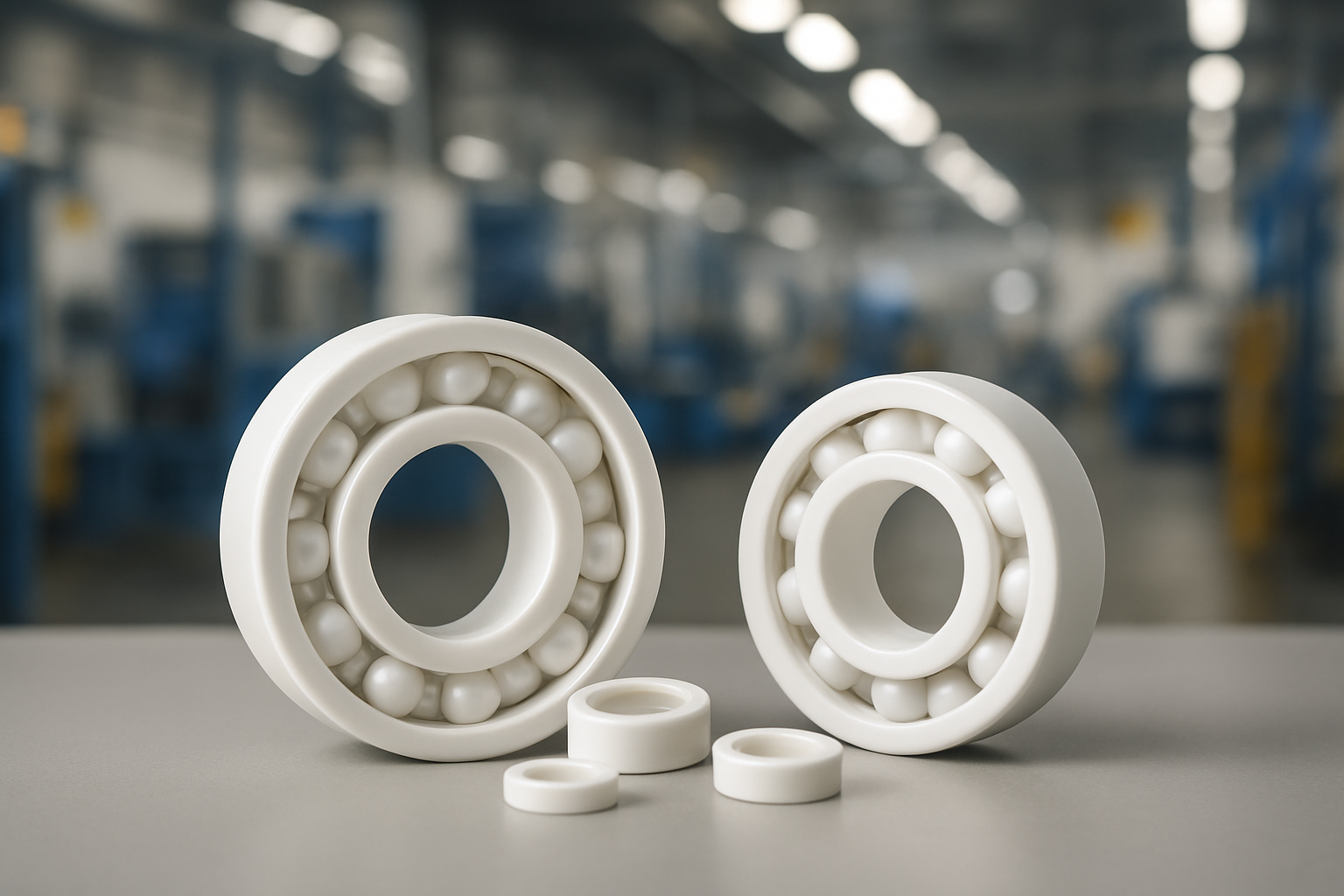
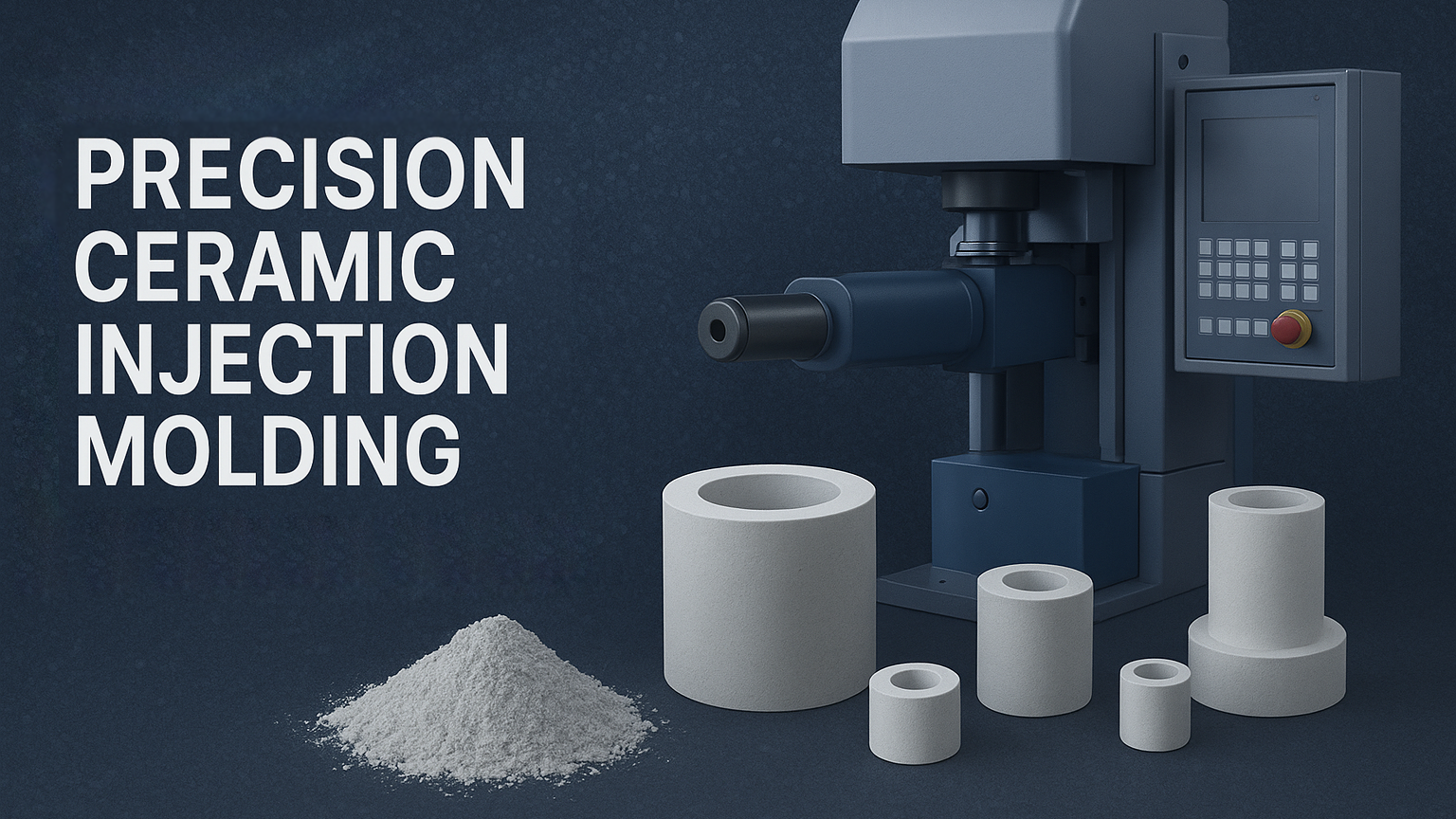
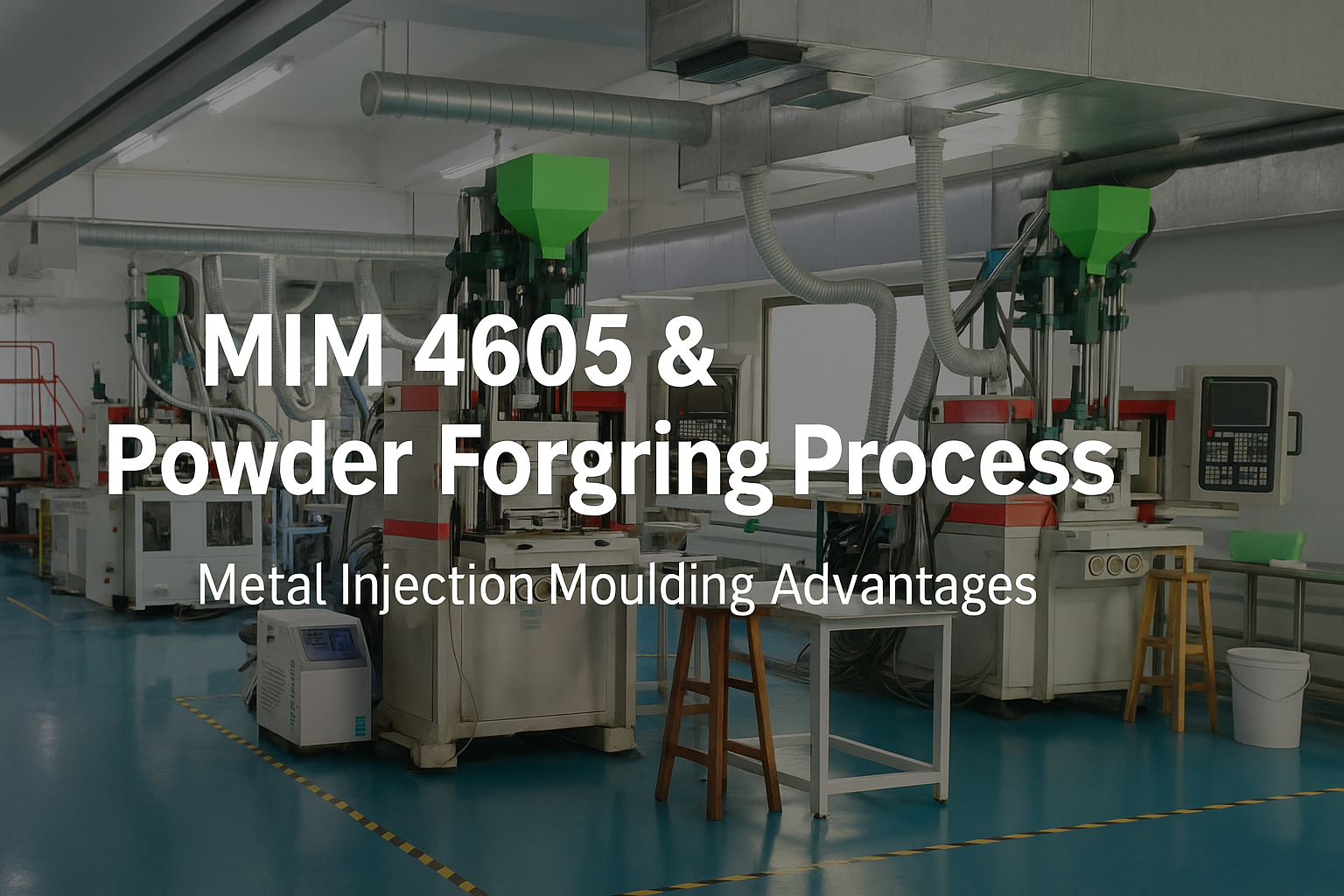
Share:
Precision Meets Performance: The Power of Metal Injection Molding Gears